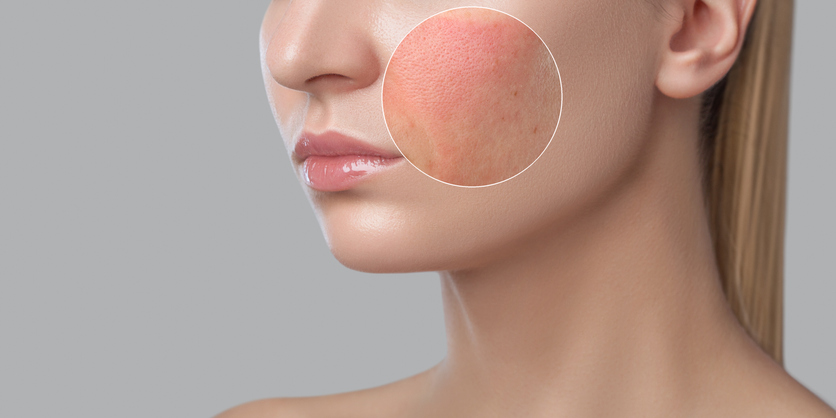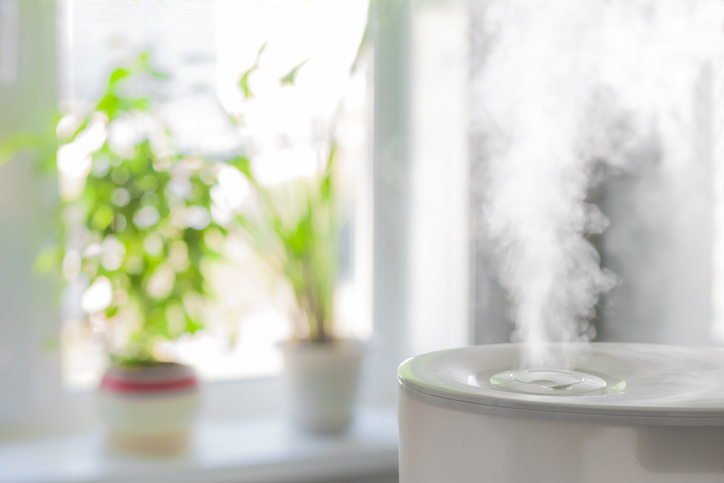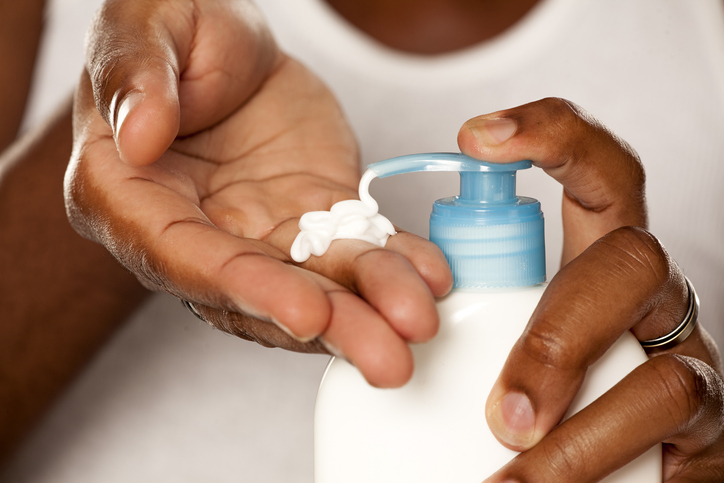How to prevent windburn when cycling
Protect your face on gusty rides

The temperatures are finally rising, you’re bundling up less on rides and you might have even put away a winter humidifier. While spring cycling seems like the end of your weather-related woes, there is one persistent meteorological element many Canadians are still dealing with: Wind.
A strong headwind can truly ruin the enjoyment of a ride, but it can also leave a lasting mark on your body. Windburn, a type of skin irritation, happens in low temperatures with low humidity. The wind damages or weakens the top layer of your skin and will strip away the protective oils on your face, leaving it dry and sensitive. Strong gusts can cause redness, dryness and sometimes even flaky skin.
For cyclists, who often ride straight into a hefty wind, windburn can be a real issue.
Protecting your face off the bike
There are a few steps you can take to prevent or minimize windburn even when you aren’t riding. If you already know you have sensitive skin or are prone to windburn use a gentle cleanser when washing your face and avoid exfoliating too much.
A humidifier in your bedroom will help increase your skin’s hydration and reduce the risk of windburn when you head outside for a ride. Moisturizing your skin regularly will also help to maintain its every-day moisture.
Before you ride
If you know it will be windy out it’s important to protect your face. Sunscreen is always necessary when riding (even if it’s cloudy or cold!) but it’s particularly key to preventing windburn. If your skin is burnt from the sun, it will be more susceptible to windburn. It goes the other way as well—according to The Skin Cancer Foundation, windburnt skin that has lost its natural oils is much more susceptible to sun damage. The foundation recommends a rich or oil-based emollient sunscreen for windy rides.
Moisturizer will also keep your skin protected. A thick face moisturizer that reinforces the skin barrier and moisturizes (like CeraVe Moisturizing Cream) will help keep your face from drying out.
Your lips can be prone to cracking and irritation form windburn, so be sure to use a moisturizing lip balm (look for one with SPF) before heading outside. Toss it in your back pocket to reapply during the ride.
Vaseline or petroleum-based ointments will seal in moisture and create a protective barrier. They can be applied to your lips, nose and cheeks if you’re finding that moisturizer isn’t cutting it.
Recovering from windburn
Ending a long ride only to find that your skin is dry and irritated is always a bummer. Treat a wind burn similarly to how you would treat a sunburn: Lots of thick, soothing moisturizer and aloe vera. Make sure you’re also hydrated and avoiding hot showers that could further strip your skin’s moisture.
Apply moisturizer consistently throughout the day—look for one that contains soothing products such as oatmeal, coconut or soy. If you’re moisturizing regularly and still find your skin is irritated or itchy you can also try a 1 per cent Hydrocortisone cream to help calm the burn.



